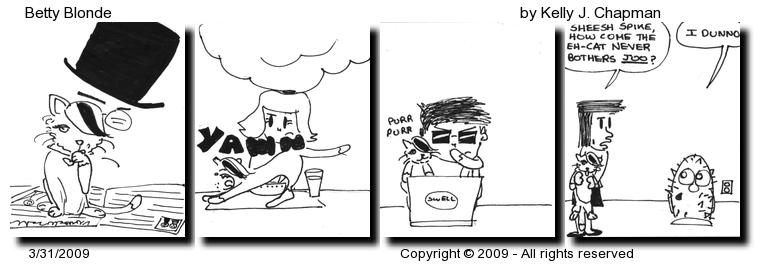Denyse O’Leary often writes about the mind-brain problem. Her most recent article over at Evolution News and Views is titled Would We Give Up Naturalism to Solve the Hard Problem of Consciousness? I was reminded of a discussion Christian and I had the day before yesterday about Information Theory and one of Christian’s graduate school projects. At one point the discussion turned to Christianity, eschatology, and artificial intelligence. Christian made the comment that the current state of Artificial Intelligence was no where close to what would be necessary to create the conscious image of the beast described in Revelation 13.
O’Leary’s article gives a good explanation of why we are so far from any understanding of how to create a conscious entity. It centers on an idea articulated by philosopher and cognitive scientist David Chalmers in a paper titled Facing Up to the Problem of Consciousness published in 1995. He divides the problem of consciousness into those parts that are tractable with our current understanding and abilities and the really big problem for which we do not have a clue. The part he calls the easy problems include things like the deliberate control of behavior, the ability to discriminate, categorize and react to environmental stimuli and other measurable phenomena.
For the hard part of the problem, I recommend a reading of the entire article. It set off a firestorm of response and really framed this issue for our generation. Here is the paragraph that starts his description of the part on which naturalistic science is stuck:
The really hard problem of consciousness is the problem of experience. When we think and perceive, there is a whir of information-processing, but there is also a subjective aspect. As Nagel (1974) has put it, there is something it is like to be a conscious organism. This subjective aspect is experience. When we see, for example, we experience visual sensations: the felt quality of redness, the experience of dark and light, the quality of depth in a visual field. Other experiences go along with perception in different modalities: the sound of a clarinet, the smell of mothballs. Then there are bodily sensations, from pains to orgasms; mental images that are conjured up internally; the felt quality of emotion, and the experience of a stream of conscious thought. What unites all of these states is that there is something it is like to be in them. All of them are states of experience.
I think Chalmers did a great service in framing this problem properly. Almost two decades have passed since this paper was written. Many people, including Chalmers (see the bottom half of the linked paper), have taken a run at providing a naturalistic explanation of this hard problem of consciousness and failed. O’Leary has spent a good chunk of her career writing about these failures. The upshot is that the image of the beast described in Revelation 13 is beyond the scope of our current understanding. I do not know whether that is a relief or not.
Betty Blonde #184 – 03/31/2009

Click here or on the image to see full size strip.

Leave a Reply